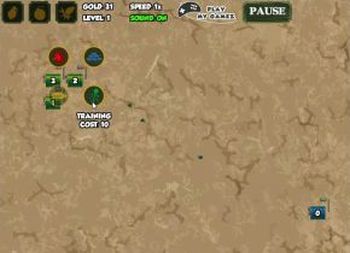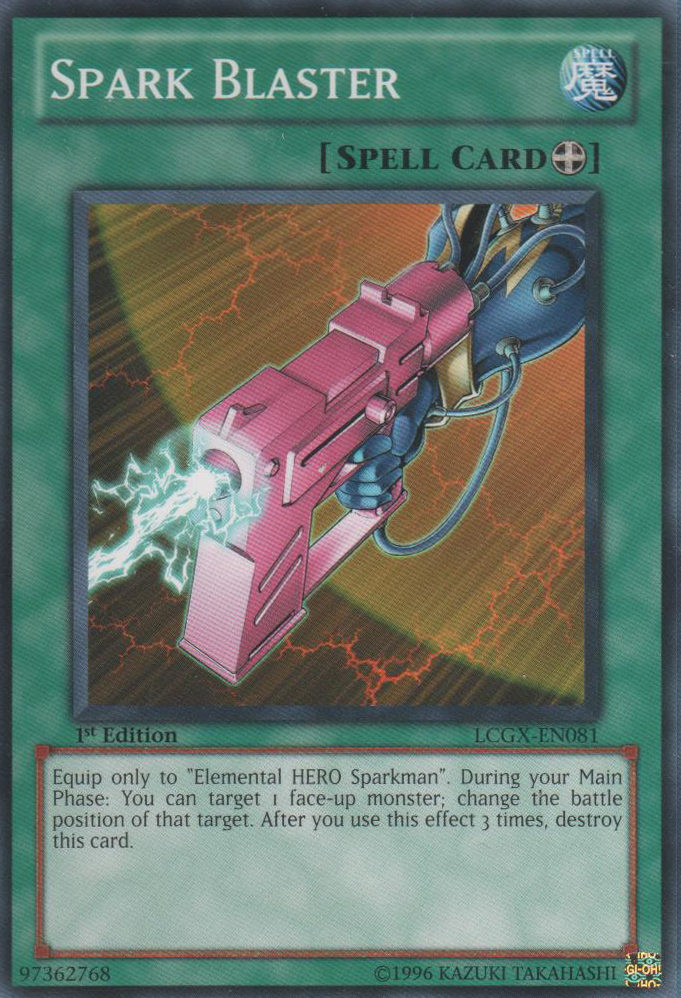


Pain and suffering aren’t by-products they’re the main event. (Tough Mudder’s Web site describes marathons as “boring,” and adds, “Road-running may give you a healthy set of lungs, but will leave you with as much upper body strength as Keira Knightley.”)īut the Arctic Enema doesn’t have much to do with getting in shape. The popularity of obstacle races owes something to the broader trend toward “functional fitness”-which encompasses such fads as CrossFit, P90X, and “boot camps.” The idea is to reclaim athleticism from the sanitized realm of the elliptical machine and get back to the basics that kept our prehistoric forebears fit: running, jumping, climbing on things-with the added benefit of a buffer physique. One competitor told me, “It’s a gold rush.” The company’s success has helped take mainstream what was once an obscure pastime: there’s money in mud. More than seven hundred thousand people paid around a hundred and fifty dollars each for the privilege of suffering through a Tough Mudder. In 2010, an estimated fifty thousand people took part in obstacle races last year, the number was 3.5 million, and Tough Mudder alone brought in a hundred and fifteen million dollars in revenue. In the past three years, Tough Mudder has helped transform obstacle racing from grade-school diversion to one of the country’s fastest-growing athletic activities. To the uninitiated, it can be hard to explain the appeal of Tough Mudder, a company co-founded by a thirty-three-year-old Brit named Will Dean. I heard myself whining, “I’m really scared.” After I watched a few burly men and toned women scream as they hit the water, thrashing and yelping, it was my turn. The dumpster contraption, called the Arctic Enema, tests the reasonable fear that most people have of becoming an ice cube. I was taking part in a Tough Mudder-a ten-to-twelve-mile course that includes “hardcore” military-style obstacles, designed to challenge “strength, stamina, mental grit, and camaraderie.” Participants endure events that force them to overcome their fears: leaping over fire pits, slithering through tightly enclosed spaces, plunging from intimidating heights. Ladders were propped up against the sides of them, and young people were lining up to jump in, as spectators cheered. In a clearing in the woods were two metal dumpsters, each eight feet wide and thirty feet long, filled with nine thousand gallons of melting ice, mixed with mud, to create a near-freezing slush. It sounded like a village being attacked by marauding barbarians. Then, at a bend in the path, I heard whoops, and blood-curdling screams. Trail running isn’t so bad! I thought, for the first time in my athletic career. My companions, five young professionals, and I chatted as we jogged. It was a bright, cool morning, and the run took place on piney mountain trails. Last summer, I signed up for a ten-mile trail run at the Northstar California Resort, a ski hill near Lake Tahoe.


 0 kommentar(er)
0 kommentar(er)
